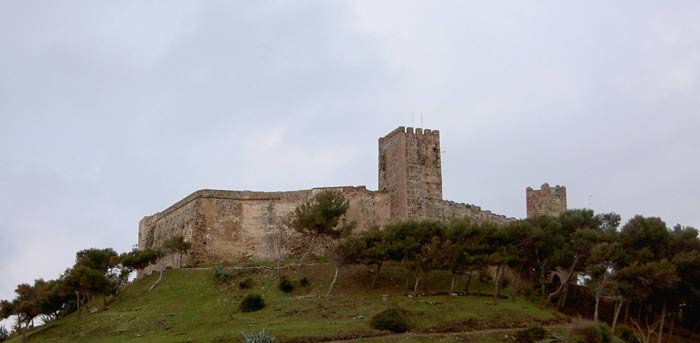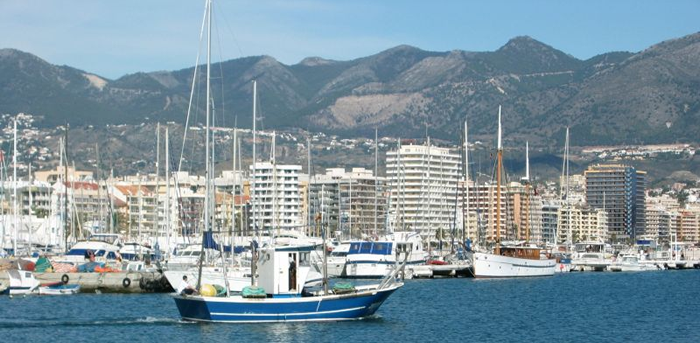- Distance from Ronda 90KM
- Distance from Malaga airport: 25KM
Fuengirola is a charming resort located along the sunny Costa del Sol, known for its rich Andalusian heritage and long stretch of pristine Mediterranean coastline. Visitors can enjoy a peaceful day at one of the many stunning beaches or indulge in a round of golf at one of the several well-maintained golf courses.
Adventure seekers can visit leisure parks for some thrills, while those seeking relaxation can take advantage of the top-notch hotel complexes. The town is home to bustling markets, tantalizing restaurants, and lively bars, making it the perfect destination for both leisure and entertainment.
In addition to its plethora of amenities, Fuengirola is also renowned for its cultural calendar, which includes a range of exciting events throughout the year, from local festivals to music and arts performances.
Look for a hotel in Fuengirola here…
I’ve been living in this lovely area of Western Andalucia for the last 20 years or so and dedicate most of my time to the running of English language tourist information websites for the towns of Cádiz, Ronda, Grazalema, the famous or infamous Caminito del Rey, and also Wildside Holidays, which promotes sustainable and eco-friendly businesses running wildlife and walking holidays in Spain. My articles contain affiliate links that will help you reserve a hotel, bus, train or activity in the area. You don’t pay more, but by using them you do support this website. Thankyou!

